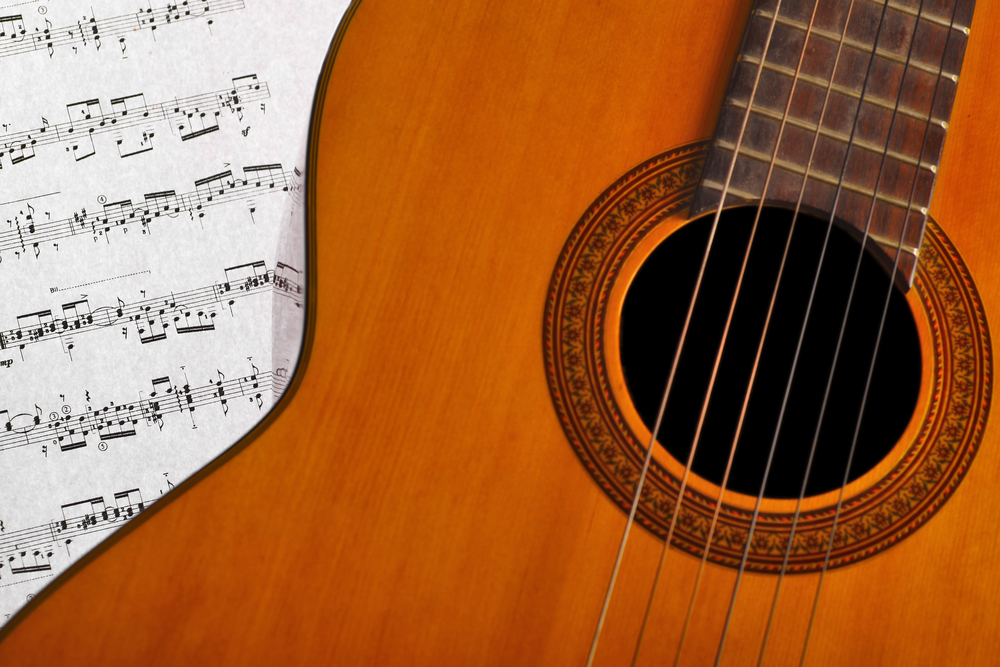
Playing scales serves as an important tool for musical expression; it is the vocabulary in the language of music. Different scales produce different sounds and, if used effectively, can evoke a vast range of emotional responses from listeners. Unfortunately, many people practice scales without a clear understanding of what they’re trying to accomplish.
Practicing scales is important for several reasons, but if you don’t know those reasons, you might find it difficult to translate those hours of practice into something musical. Always begin your practice with clear and concise objectives, and why you want to accomplish these goals. There is only so much time in the world; don’t put that time to waste!
So why should you practice scales?
First of all, you will learn the sound of the scale. This will help a lot when trying to construct melodies, because all melodies are built on scales. This also helps with transcribing songs or solos by ear because if you know the scale being used, you’ll know the seven notes that can appear, which in turn speeds up the transcribing process.
Secondly, improvising solos requires a good understanding of your scales. The exercises that I will give you in this article are all targeted towards improvisation.
Finally, practicing your scales will build up dexterity and accuracy in your fingers, just like any single-note exercise.
Before we move on, I want to stress that there are many different scales out there, but it’s better to know one or two scales very well rather than have 12 half-baked scales. We’ll be using the A major scale throughout these exercises as it is the most commonly-used scale.
Technical Exercises
These four exercises are meant to help strengthen finger dexterity and accuracy and improve your mental image of the scales. All four exercises should be done with a metronome.
1. Ascending and descending
This exercise is straightforward. You begin on the lowest root note, ascend the scale to the highest note you can reach, descend to the lowest note you can reach, and finally ascend back to the root note. This exercise helps your fingers remember where the notes of the scale are.
2. Random direction changes
This second exercise is exactly the same as the first one, but instead of descending or ascending to the highest or lowest notes, you randomly change the direction. Avoid skipping notes when you change directions. For example, if you are going up and decide to change directions on the sixth scale degree, you will begin your descent from the fifth scale degree. Some people tend to skip notes especially when the following scale degree is on another string.
3. Sequences
This exercise mixes things up and really tests your mental scale image. Begin by deciding the number of notes in your “sequence.” Let’s say you choose to have four notes. The way you’ll play your sequence is by starting on the root note and going up to the fourth scale degree. The next sequence will begin on the second scale degree and end on the fifth scale degree. The one after that will begin on the third and end on the sixth. You’re basically playing groups of four notes. Do this until you reach the highest note of the scale.
The sequences for groups of four look like this (the numbers represent scale degrees):
- 1 2 3 4
- 2 3 4 5
- 3 4 5 6
- 4 5 6 7
- 5 6 7 1
- 6 7 1 2
- 7 1 2 3
4. Intervals
Begin this exercise by choosing an interval to work with. If you choose the interval of thirds, begin on the lowest root note and the third interval of that note, then move on to the second scale degree and the third interval of that note, and so on. Begin with smaller intervals, because the exercise gets trickier with bigger intervals.
Musical Exercises
The following four exercises are meant to put what you’ve practiced so far in a musical context. Many people’s improvised solos sound like scale exercises. These musical exercises help solve the problem.
5. Nursery rhymes
The exercise is straightforward, but it will take some time initially. Simply use your major scale to play any nursery rhyme. Nursery rhymes have relatively simple melodies, which is why it’s best to begin with them, but feel free to move on to more complex melodies once you’re bored with nursery rhymes.
6. Sing what you want to play
If you have no problems singing in pitch, this is an exercise you can try. Simply sing a short phrase, then play the exact same phrase on your instrument. This exercise shortens the time between “thought” and “action.” Eventually, you will be able to sing AND play melodies simultaneously with no pause between what comes out of your mouth and what comes out of your instrument.
7. Transcribe solos
This exercise may be the most important of them all. You simply have to listen to solos of your musical heroes and transcribe them by ear. Avoid using tabs or scores. You might make many mistakes initially, but it is all a part of the learning process. The point of this exercise is to learn from the greats, and if you can play what you hear with your ears, you will eventually be able to play what you hear in your head. Check out this article if you need more help with transcribing songs by ear.
8. Improvise
The final musical exercise is simply improvising. You don’t have to turn on a backing track if you don’t want to; you can simply noodle along the notes of the scale. Spend a lot of time doing this and exploring the possibilities of the scale. When you feel comfortable, turn on a backing track in the same key and scale, and then try your hand at that. There is no better musical exercise for improvising than improvising itself.
Final note
There are many different scale exercises out there, and they probably all work just as well as these eight. But I’d like you to focus on just a few exercises at a time. These exercises I’ve given will last you a long time. Work on mastering them one by one before moving on to others.
Remember, don’t rush yourself when doing exercises because that leads to bad technique, and bad technique leads to sloppy playing.
For more exercises and lessons, check out Liberty Park Music!
Ready to learn music?
Start learning with our 30-day free trial! Try our music courses!
About Liberty Park Music
LPM is an online music school. We teach a variety of instruments and styles, including classical and jazz guitar, piano, drums, and music theory. We offer high-quality music lessons designed by accredited teachers from around the world. Our growing database of over 350 lessons come with many features—self-assessments, live chats, quizzes etc. Learn music with LPM, anytime, anywhere!


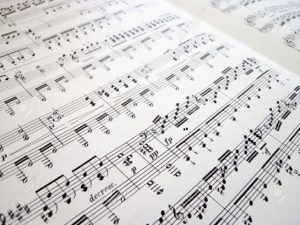


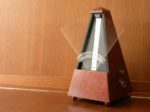

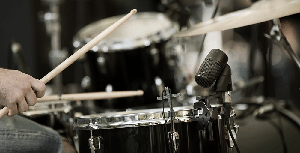

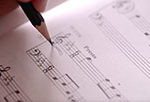

Extremely useful, all these years after browsing numerous sites I never get this simple and effective way to learn. In fact I know 40 different scales (ascending & descending) but unable to put them in a meaningful way. This article gives exactly what is missing.